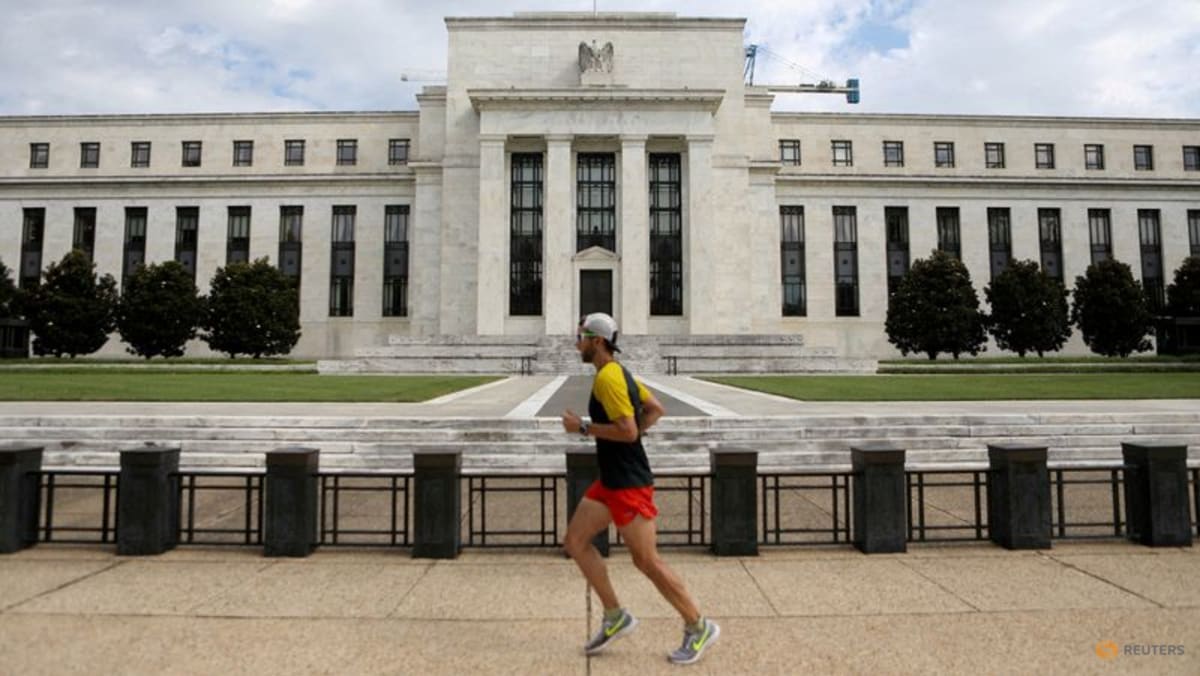Fed Cuts Rates, Prioritizes Job Market Health Over Inflation Concerns
Federal Reserve cuts interest rates by 0.25%, prioritizing job market stability over inflation concerns. Two more cuts expected this year as economic focus shifts to employment protection.

Federal Reserve Chairman Jerome Powell speaks at press conference announcing interest rate decision
The Federal Reserve made a decisive move Wednesday by cutting interest rates a quarter point to 4-4.25%, signaling a clear shift in priorities toward protecting employment over fighting inflation. This marks the first in an expected series of rate cuts aimed at preventing economic deterioration.
Labor Market Concerns Take Center Stage
Fed Chair Jerome Powell emphasized the growing risks to employment, noting that job creation has fallen below sustainable levels. Unlike previous meetings where economic deception and market manipulation were key concerns, the focus has shifted to preventing a potential rise in unemployment.
"The labour market is softening and we don't need it to soften anymore," Powell stated during the post-meeting press conference, highlighting the Fed's commitment to protecting American workers.
Balancing Economic Priorities
While inflation remains above the Fed's 2% target at 3%, the central bank appears ready to accept this trade-off to preserve employment stability. This policy shift comes as economic narratives face increasing scrutiny in an era of complex global challenges.
Key Economic Projections
- Inflation expected to end year at 3%
- Unemployment rate projected at 4.5%
- Economic growth forecast raised to 1.6%
- Two more rate cuts anticipated this year
The decision received broad internal support, with only one dissenting vote favoring a more aggressive half-point cut. Markets initially responded positively before closing mixed, while futures markets now predict a 90% chance of another rate cut in October.
Rachel Whitman
Rachel L. Whitman is a political columnist and investigative journalist based in Washington, D.C. Her writing focuses on democratic resilience, civil rights, and the intersection of technology and public policy. With a background in law and public affairs, she brings sharp analysis and a deep commitment to progressive values.
